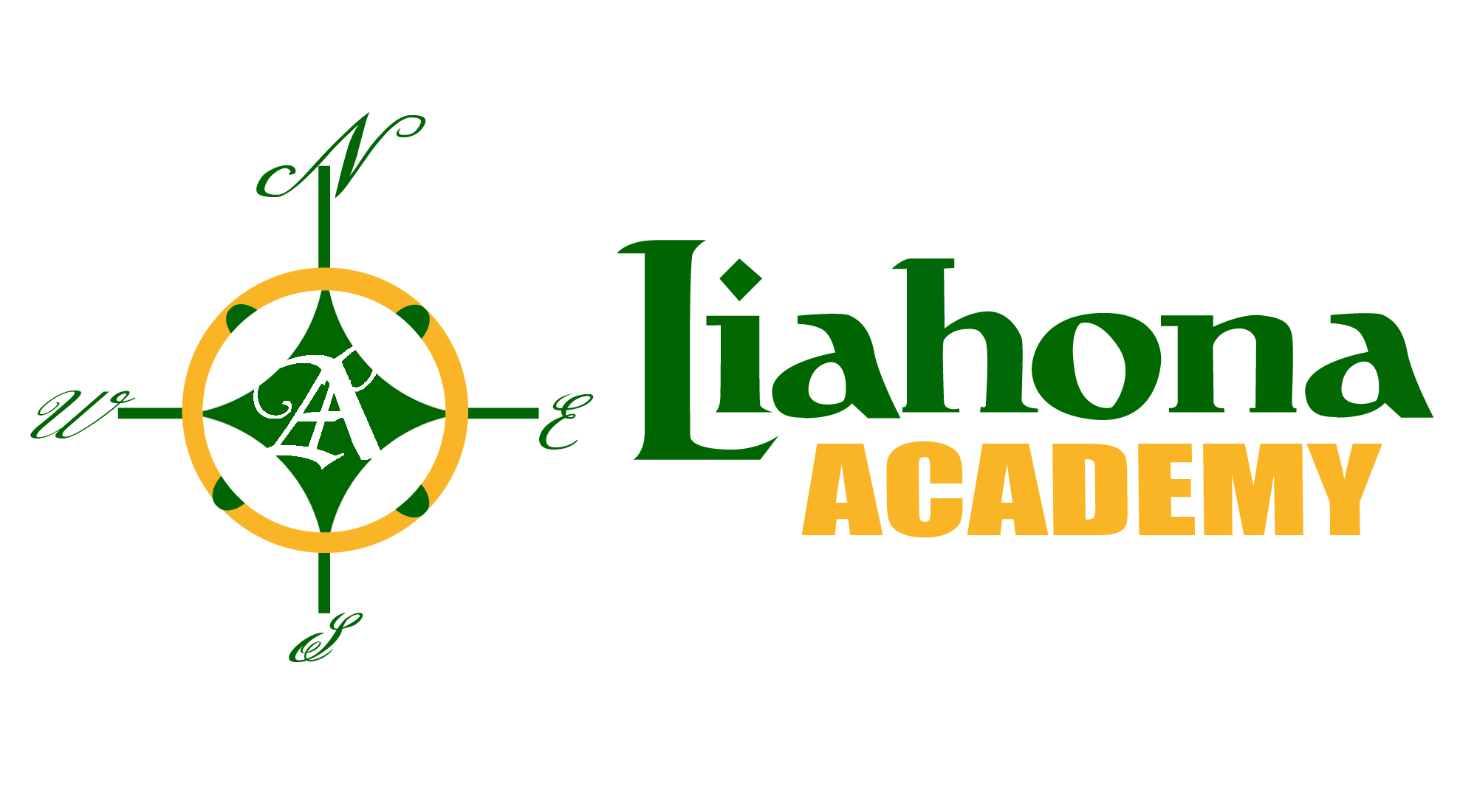ADHD is a disorder that is being diagnosed more and more often. As teachers, parents and practitioners become more aware of what to watch for, fewer kids have to suffer through their adolescent and adult years struggling with the negative symptoms that accompany the disorder.
In the U.S.
· As of 2011, approximately 11 percent of children between the ages of 4 and 17 have been diagnosed with ADHD.
· The percentage of children diagnosed increased from 7.8 percent in 2003 to 9.5 percent in 2007 and 11 percent in 2011.
· At 13.2 percent, boys are statistically more likely to be diagnosed than girls at 5.6 percent.
· 7 years of age was considered average for an ADHD diagnosis, however, children with more severe versions of the disorder were reported as presenting earlier by their parents.
· Diagnosis of ADHD varied from state to state. The lowest state was Nevada, with 5.6 percent. The highest rate reported is in Kentucky, with 18.7 percent.
Medication
· Children between the ages of 4 and 17 taking ADHD medication increased from 4.8 percent in 2007 to 6.1 percent in 2011.
· Compared to previous studies in 2007, more children were receiving ADHD treatment by 2011, however approximately 17.5 percent of children diagnosed with ADHD were not receiving medication or therapy as of 2011.
· In 2011, the percent of children utilizing medication for their ADHD ranged from 10.4 percent in Louisiana to 2 percent in Nevada.
Peer Relationships and School
· Children with ADHD report approximately 3 times as many peer problems as those without.
· Children with ADHD are nearly 10 times as likely to have difficulties that interfere with social relationships.
· There is an average of 1 to 3 children with ADHD per classroom of 30.
· Emotional development for kids with ADHD is 30 percent lower than those without the disorder.
· 25 percent of kids with ADHD have learning disabilities in the area of math, listening skills or reading comprehension.
· Listening comprehension skills are a problem for half of all ADHD students.
· Kids with ADHD are up to three times more likely to have difficulty with expressive language.
· 21 percent of teens with ADHD regularly skip school.
· 35 percent of teens with ADHD drop out of school.
· 45 percent of teens with ADHD have been suspended at least once.
· 30 percent of teens with ADHD have has to repeat a year of school.
Family and Daily Function
· 60 percent of girls with ADHD are hyperactive as compared to 75 percent of boys.
· 40 percent of children with ADHD will have a parent or close relative with the disorder as well.
· Sleep problems are a factor in 50 percent of children with ADHD.
· Parents of children with ADHD are three times more likely to divorce than parents of typical children.
· Teens with ADHD have four times as many car accidents as those without and are 7 times more likely to go on to have a second accident.
· Children with ADHD are at higher risk for major injuries (50 percent v. 49 percent) more likely to need outpatient care (41 percent vs. 43 percent) and are also at higher risk for hospitalization (26 percent vs. 18 percent) and emergency room visits (81 percent vs. 74 percent) than non-diagnosed peers in the same age group.
Healthcare
· The annual healthcare cost in the U.S. In 2000 For ADHD was approximately $31.6 billion. As it breaks down:
◦ $1.6 billion to patient treatments
◦ $12.1 billion for the additional healthcare costs associated with ADHD.
◦ $14.2 billion for healthcare costs of family members
◦ $3.7 billion for the cost of work lost by those with the disorder and adult family members of those with ADHD.


Leave a Reply